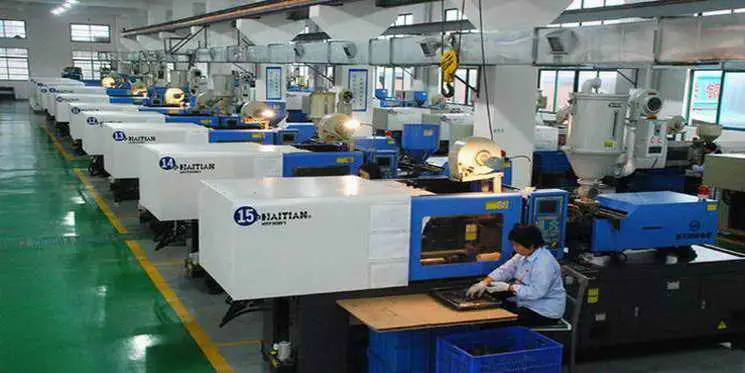- How do I know if injection molding is the right process for my product?
The geometry of the part, the amount of parts needed, your tooling budget and the application the part is being used for will all influence your decision to injection mold the part. - What material should I use for my project?
Most material is application specific. If you don't have a material selected for your application, we can help and offer some guidance. Often several resins can be sampled but the customer has final approval before proceeding. - What is the typical process of a new project?
We will evaluate your part design and modify it to be efficiently injection molded. Then, we will build the mold for the part. Next, your mold will be put into an injection molding press to make production parts. On average the entire process takes 5-6 weeks. - Do you offer extended molding services such as assembly, packaging or decorating?
Yes, we offer extended molding services such as assembly, packaging or decorating. - How long does it take to build an injection mold?
5-6 weeks on average, depending on the complexity and cavitations of the mold. - What type of information is required for quoting a molding project?
Please complete our initial RFQ form. After that we'll need more specifics like the annual quantity needed, material preference, part prints or CAD files, part samples (if available), description of part application, time frame for prototype parts, and time frame for production parts. - Is injection molding Environmentally Friendly?
injection molding is becoming more environmentally friendly as machinery becomes more efficient and materials such as thermosetting polymers are capable of withstanding extreme temperatures and conditions.
Although there is some material waste with injection molding it is less than with many other manufacturing processes. Of course, the exact materials used also have a bearing on the environment in relation to how long they last, if they can come from recycled materials and how they are disposed of. There are also considerations around the carbon footprint of the lifetime of the products that are created, including during manufacture.
Advancements in modern injection molding machinery mean that they now use between 20 and 50% less energy as compared to ten years ago. - Is injection molding Cheap?
Molding costs correlate with the number of cavities in a mold. Fewer cavities require less tooling work, which lowers the manufacturing costs to create an injection mold. The complexity of a part’s design also impact the cost, including factors such as surface finishing, tolerance, threads, detailing and the number of undercuts. Added details such as these will increase the cost, as they require more tooling.
The most cost-effective type of injection molding is rubber injection molding, which produces a high yield of durable products. In addition, consistent vulcanisation processes with precise temperature controls can lower costs by reducing waste material.

